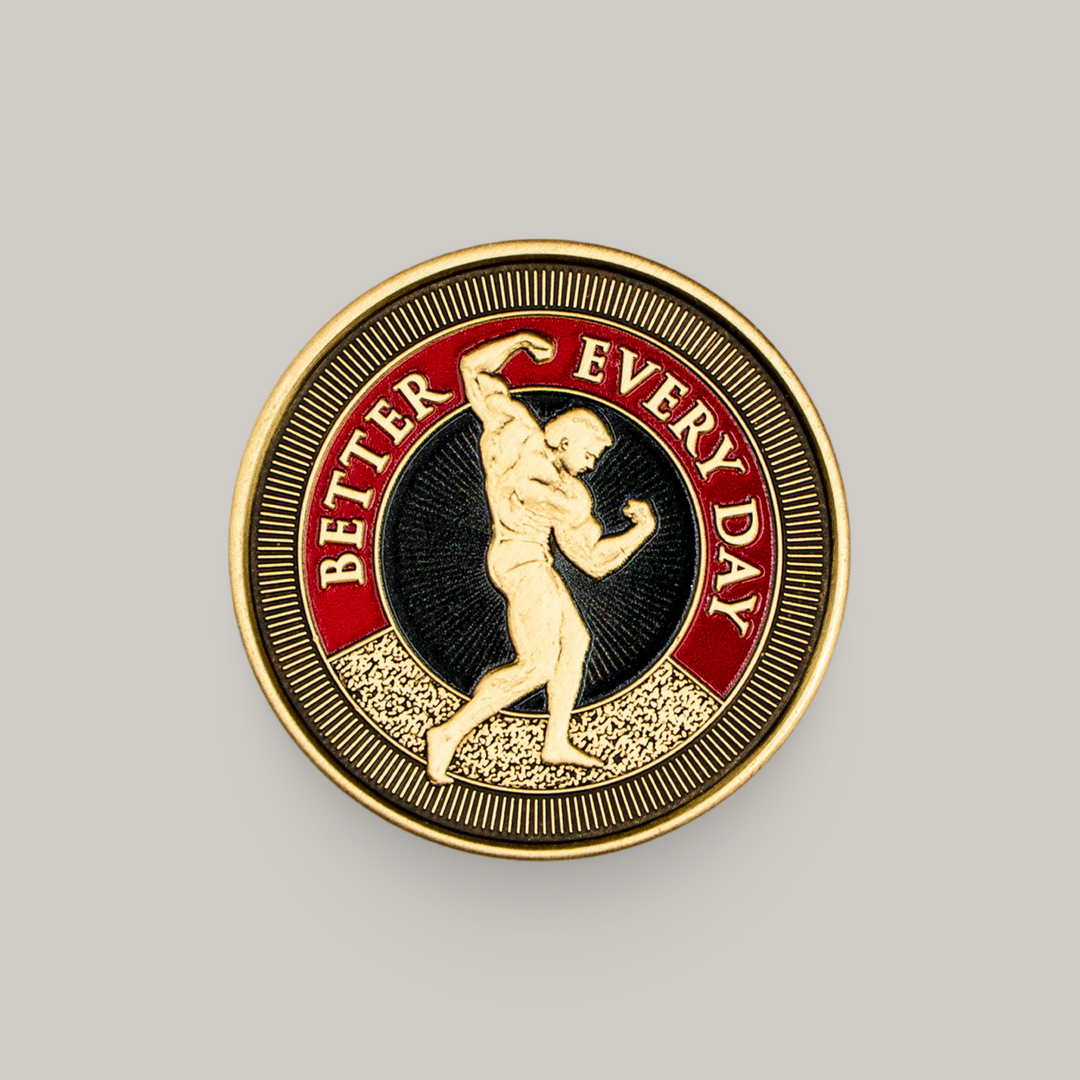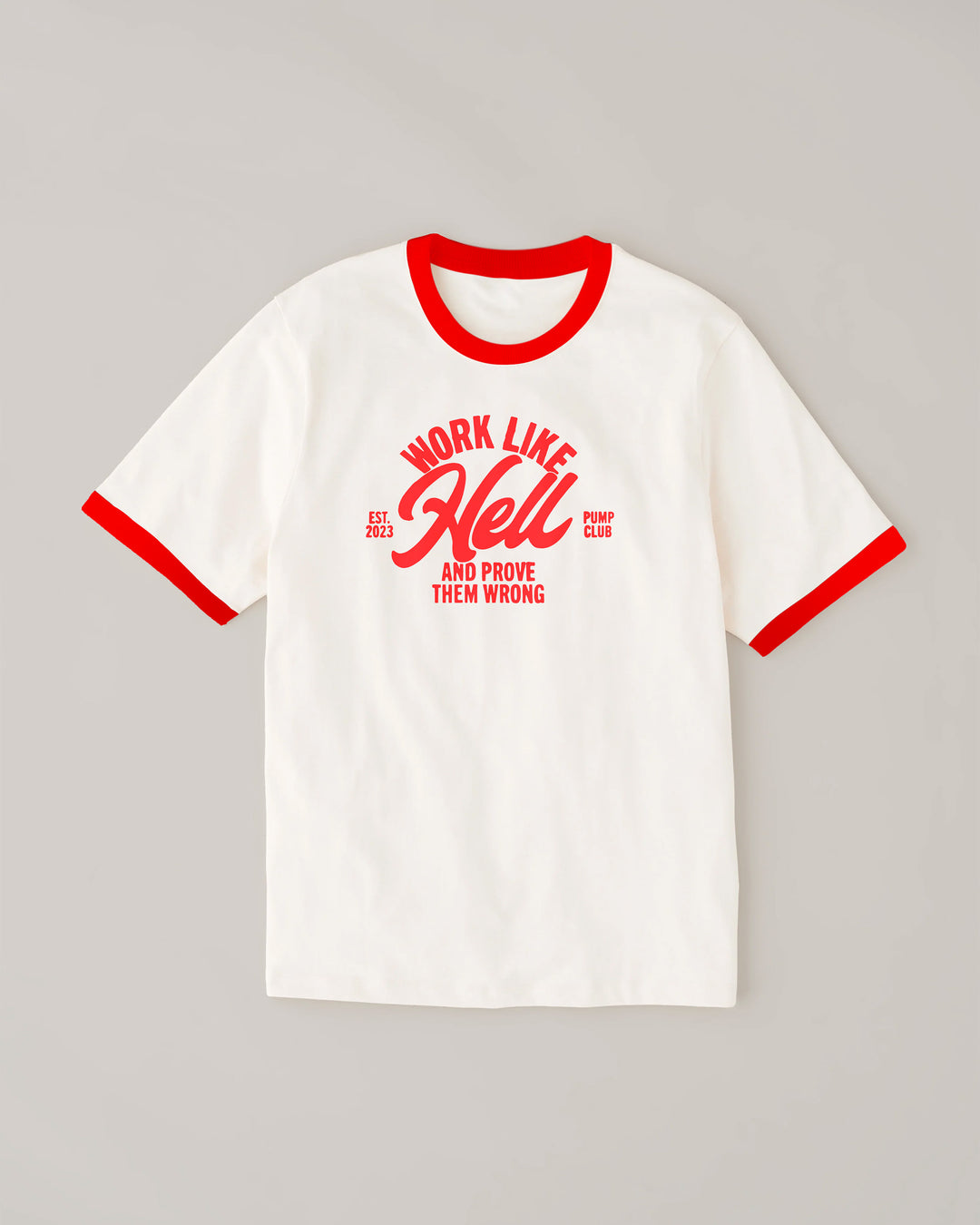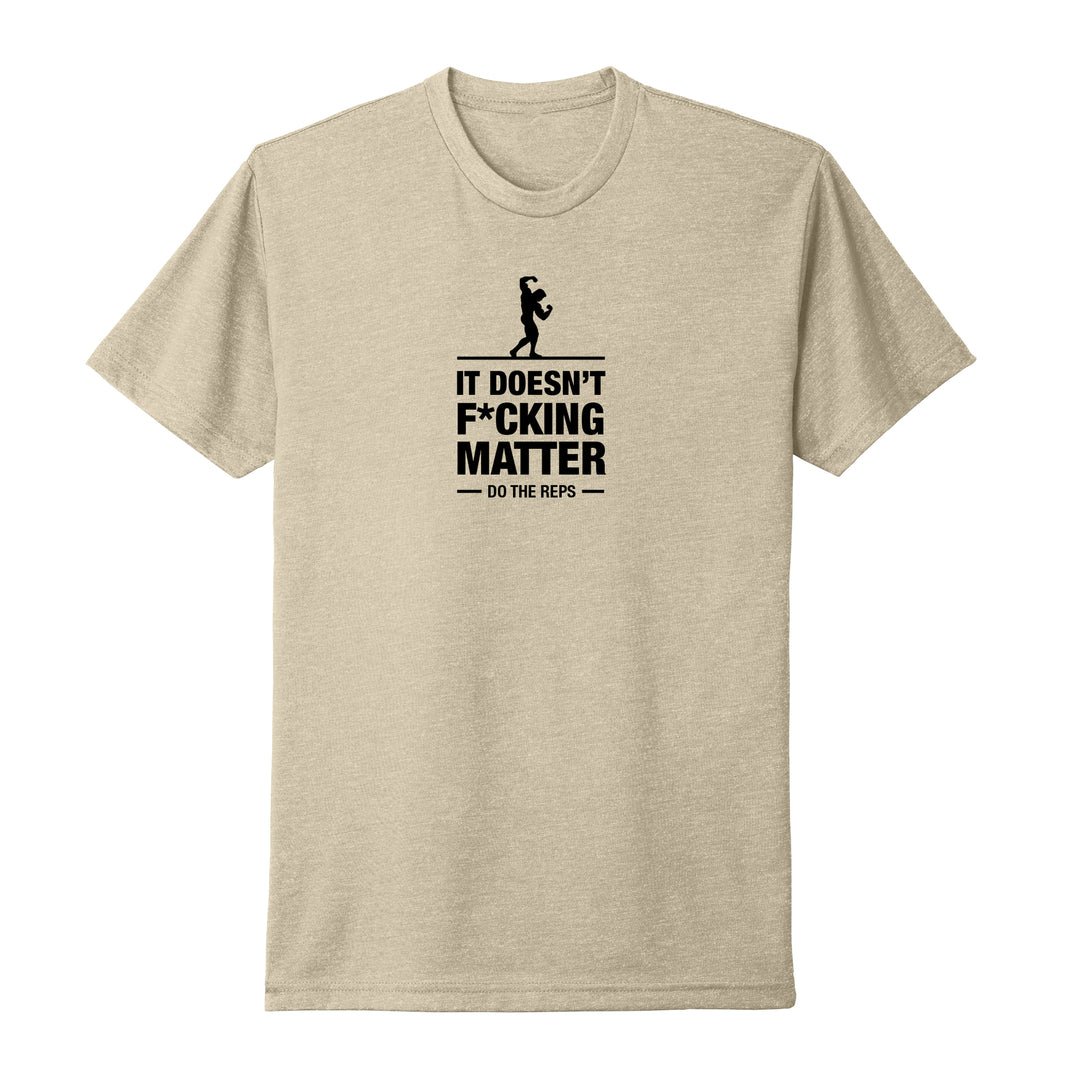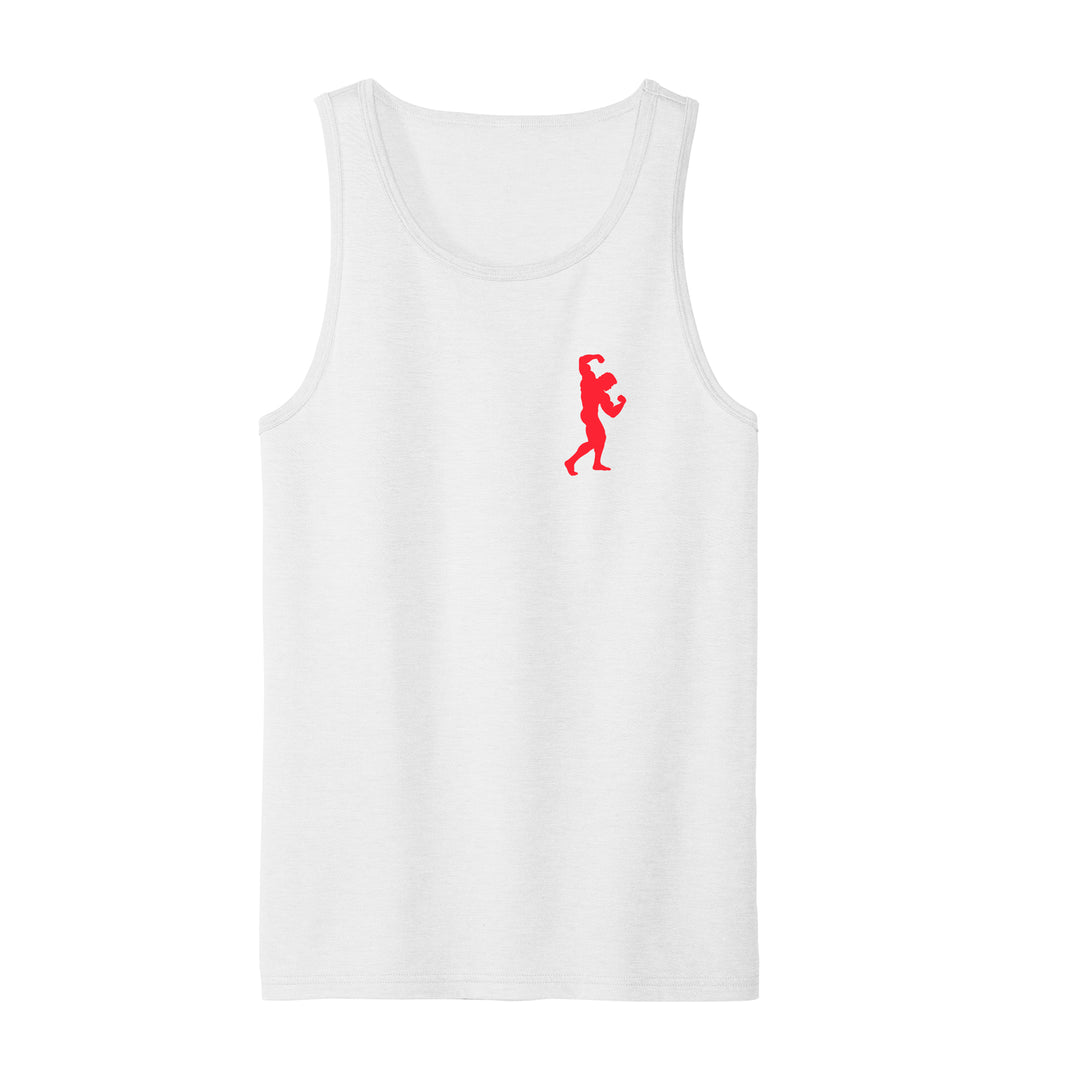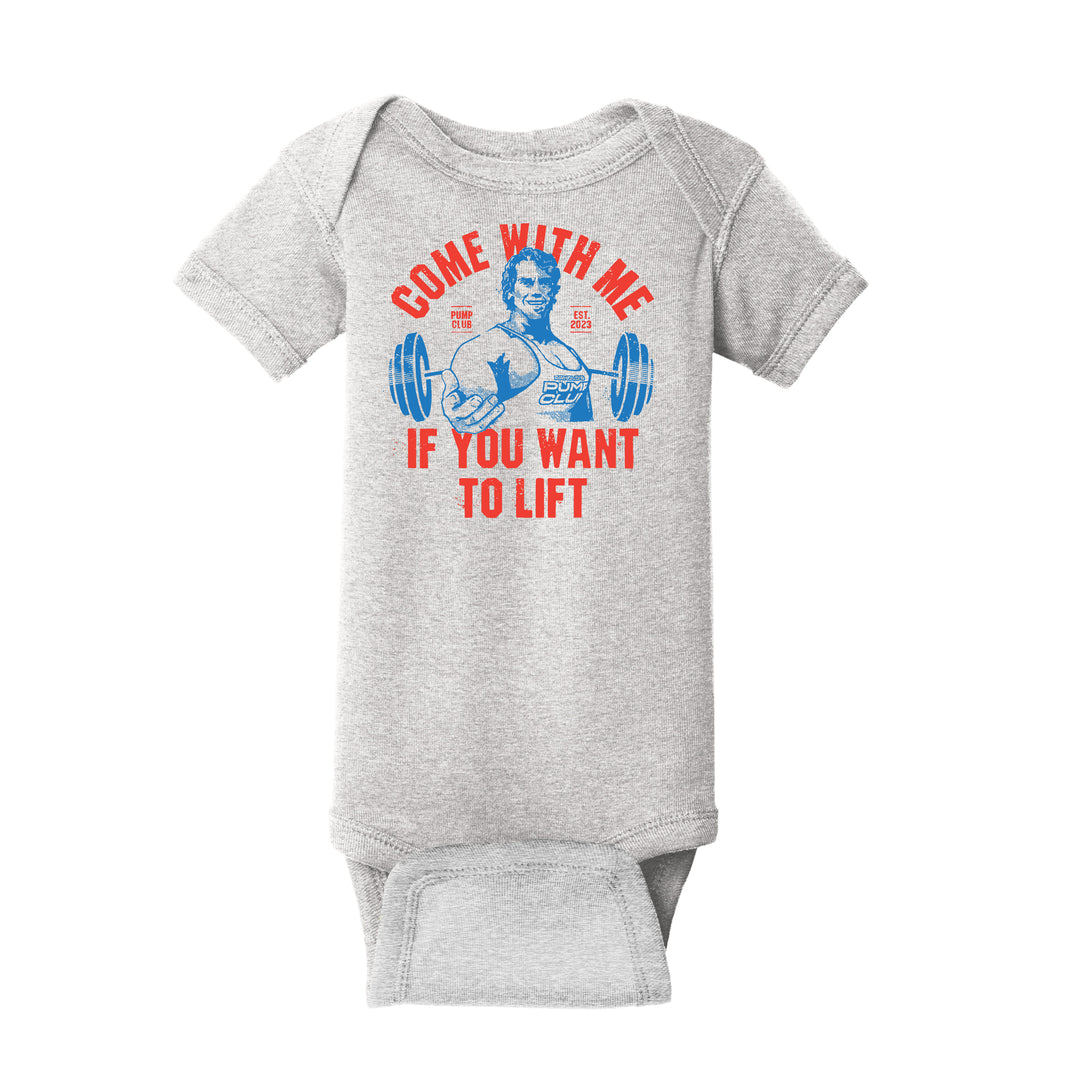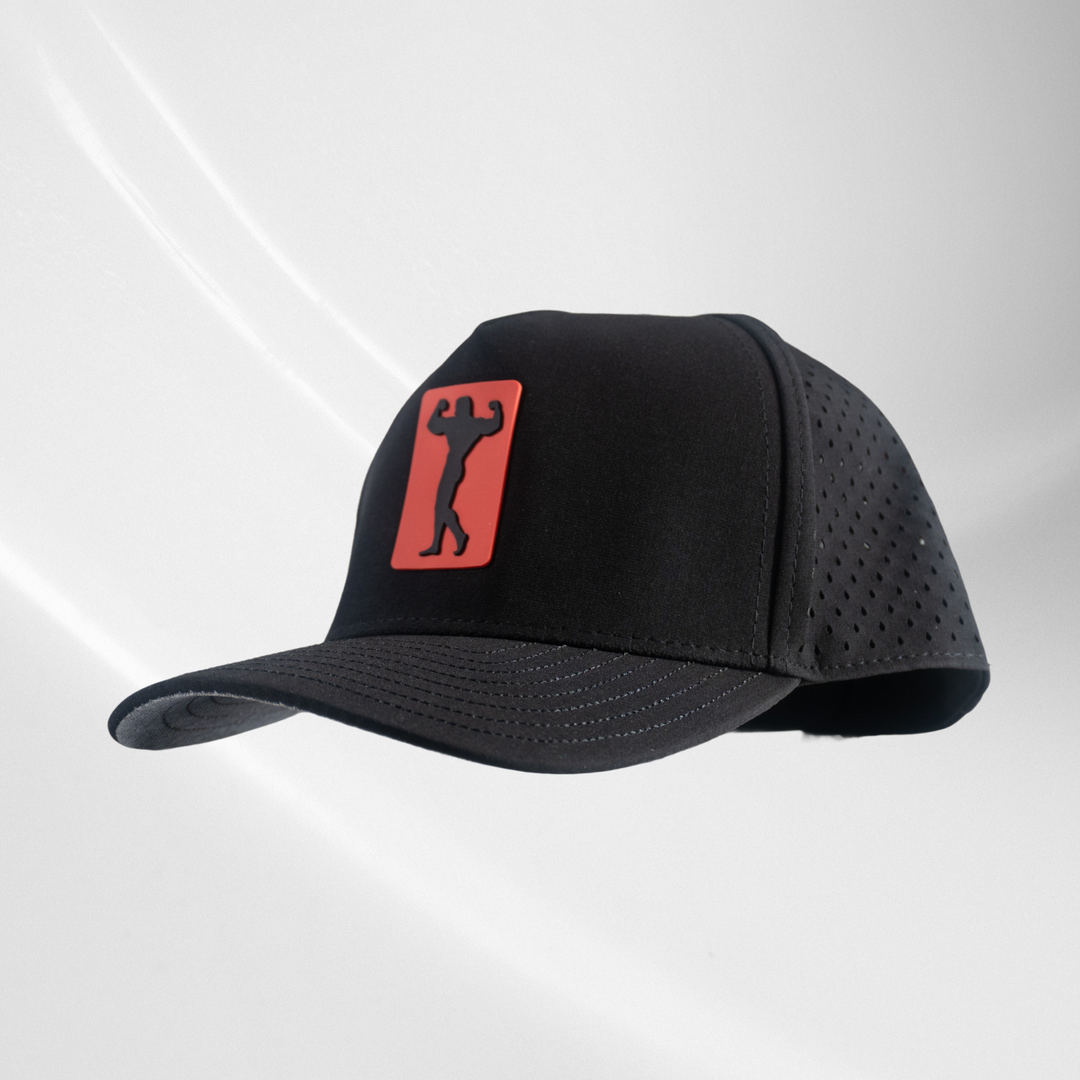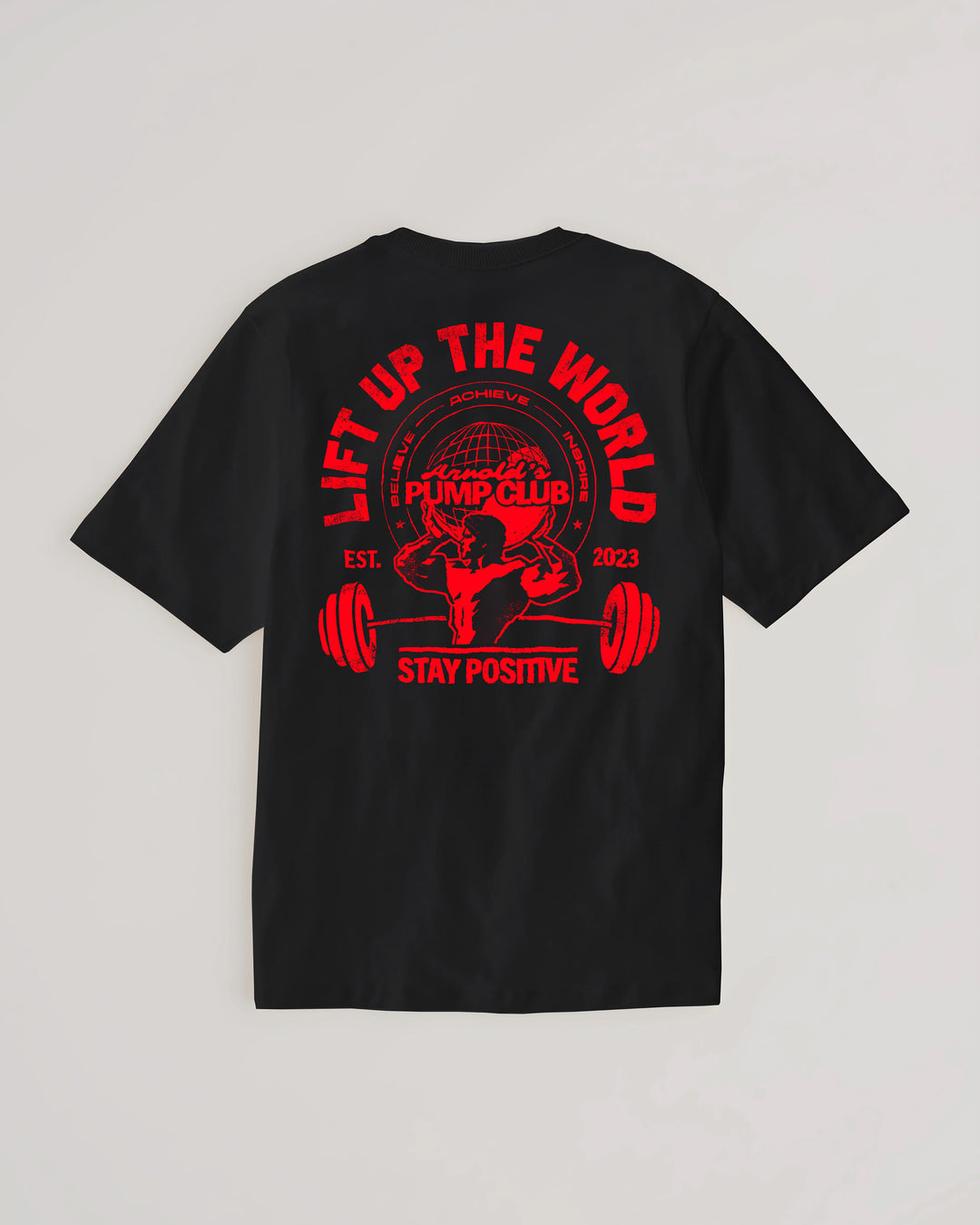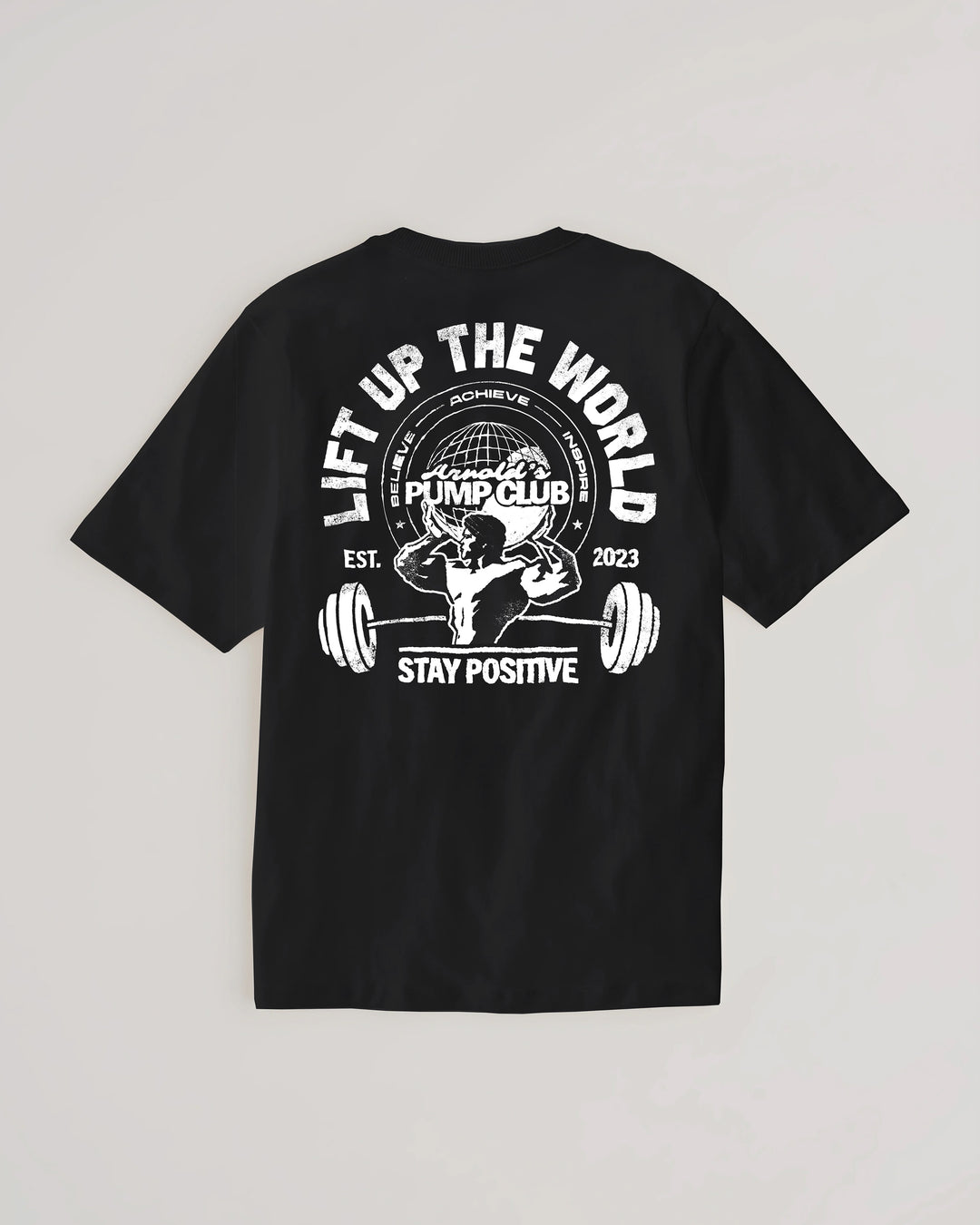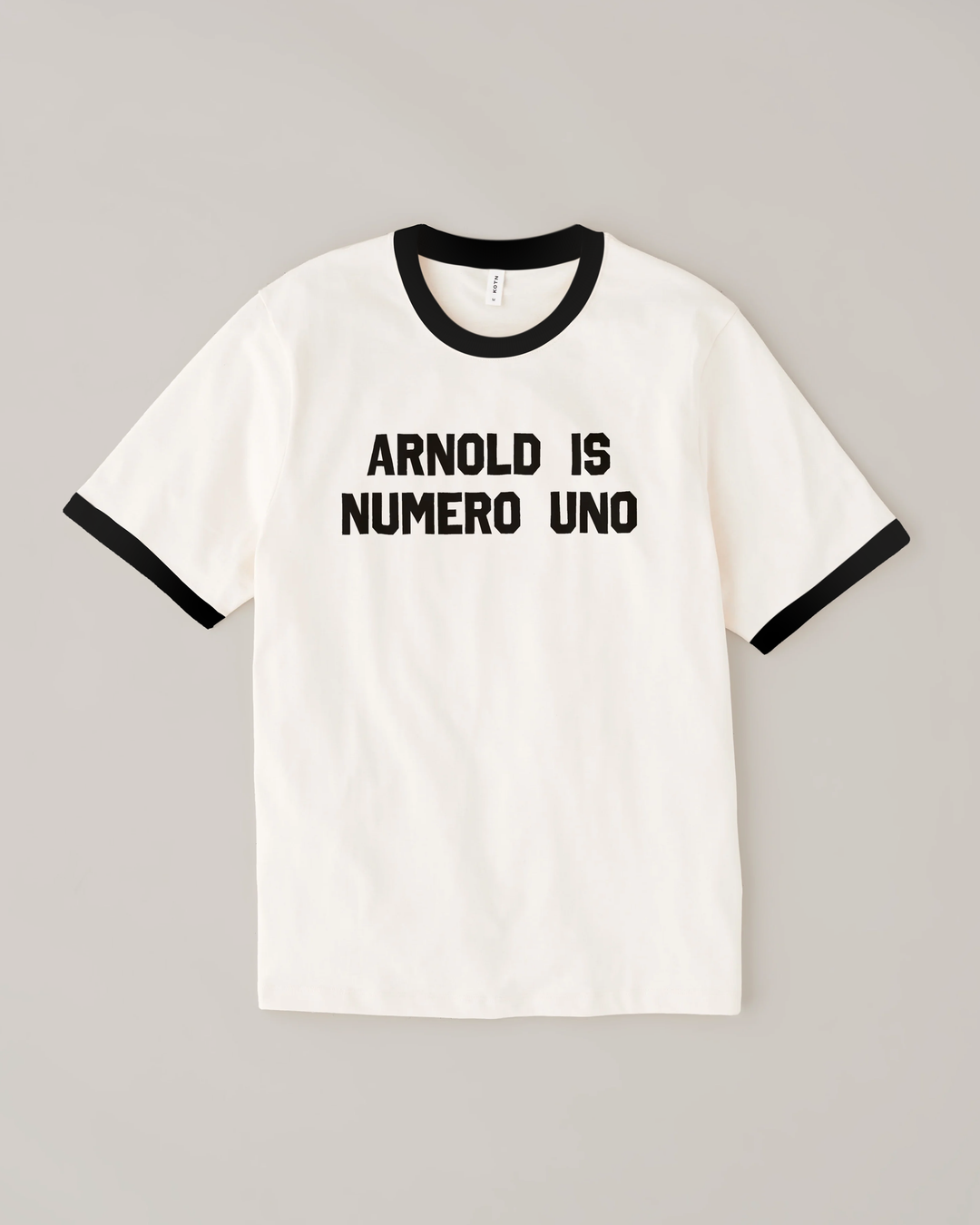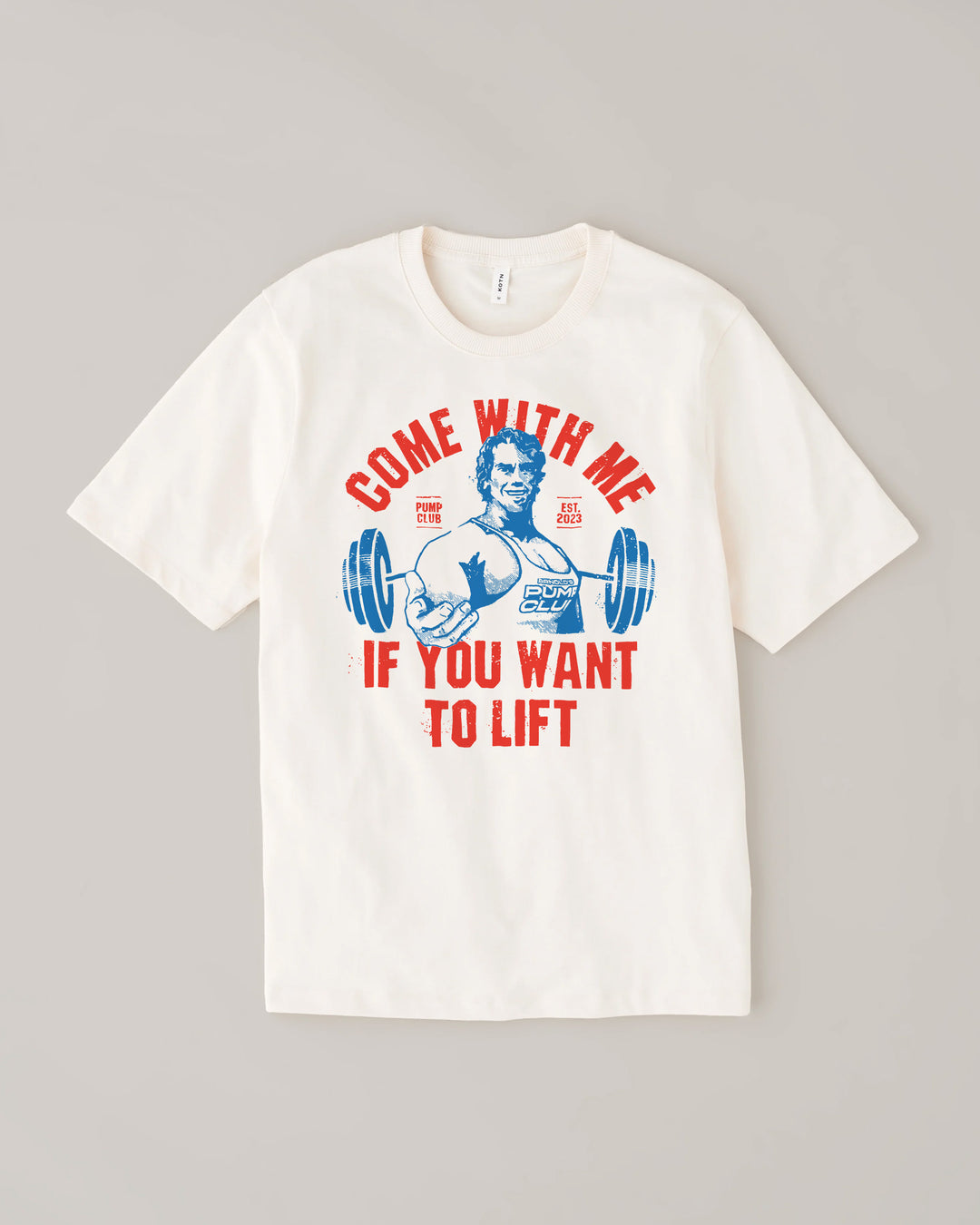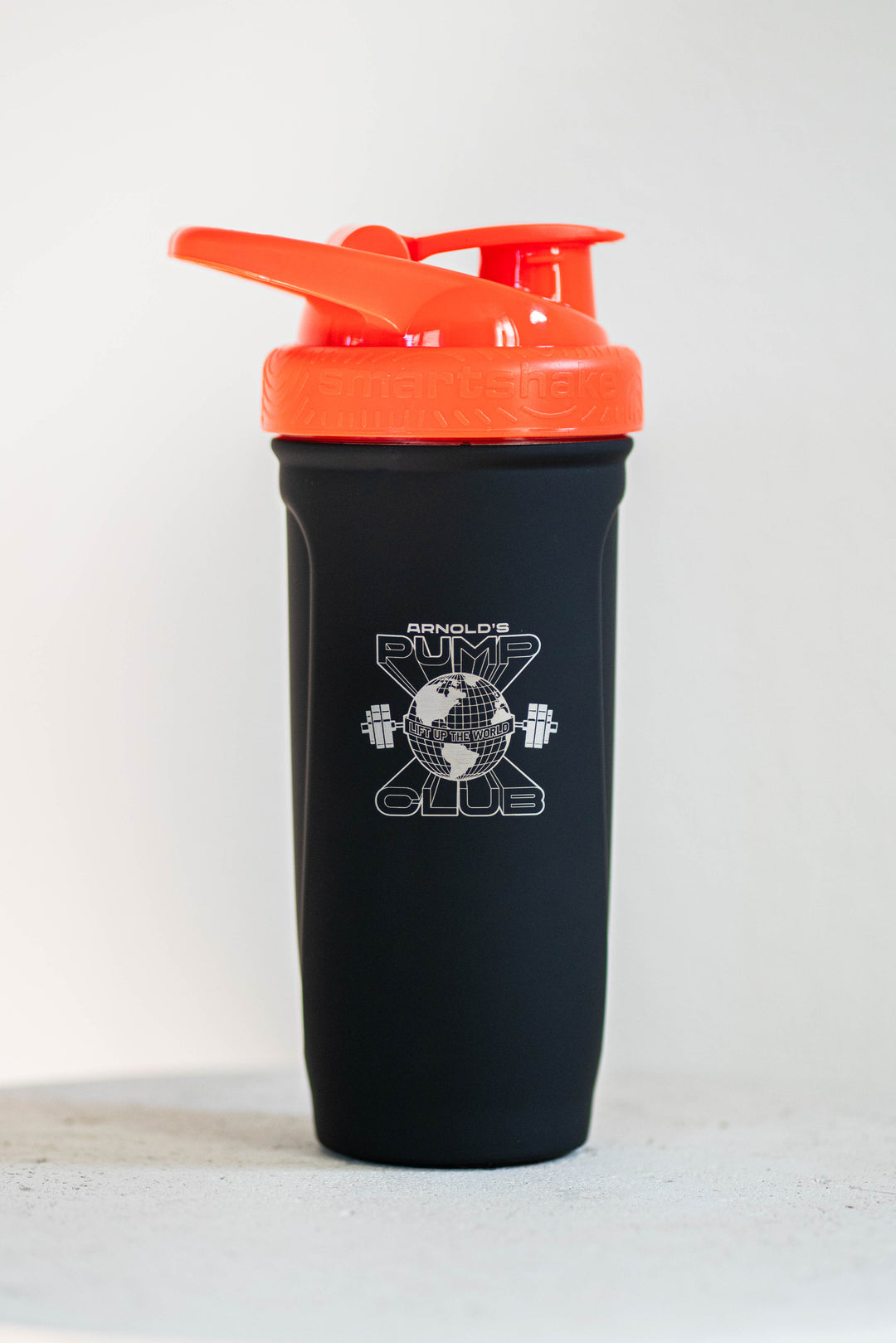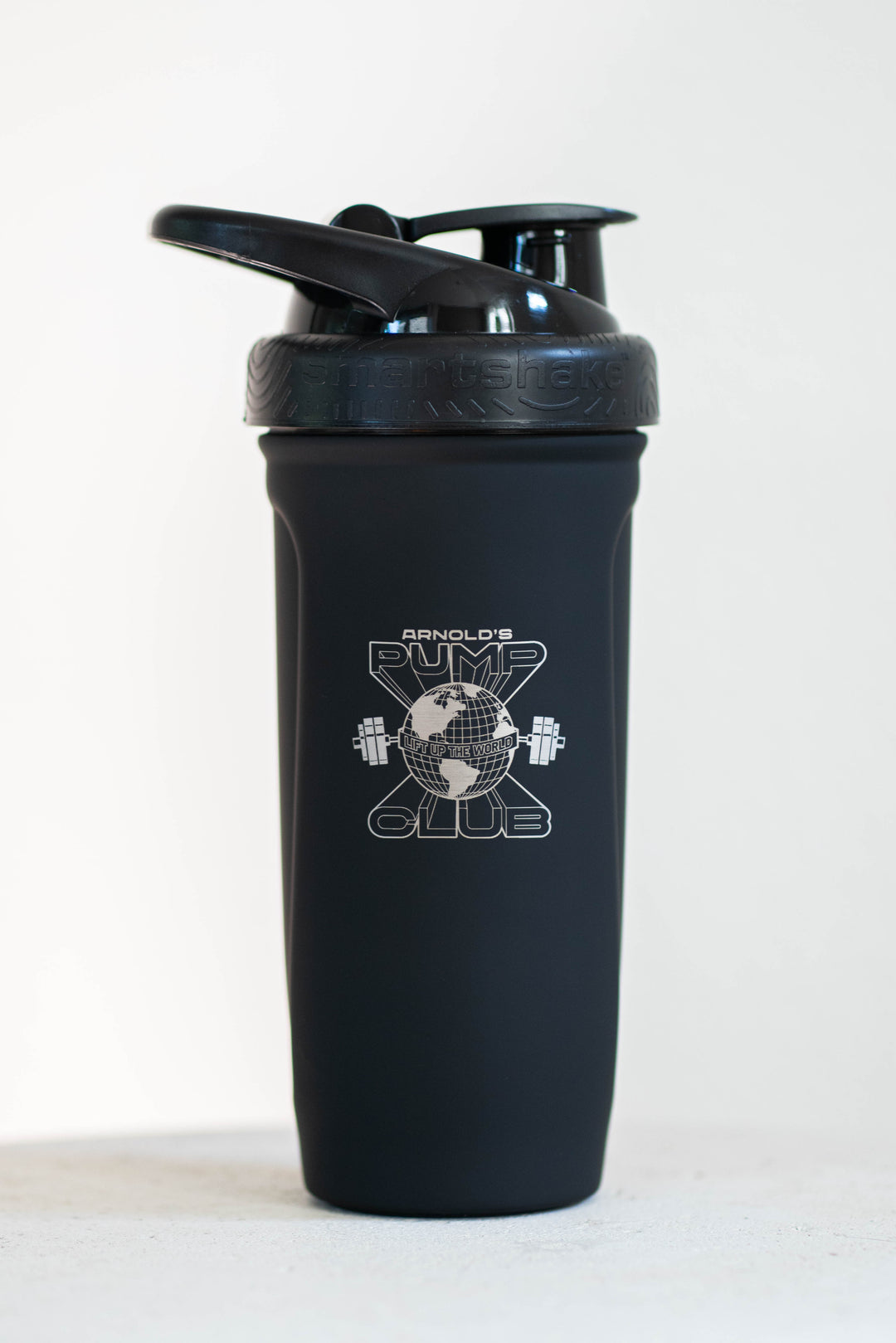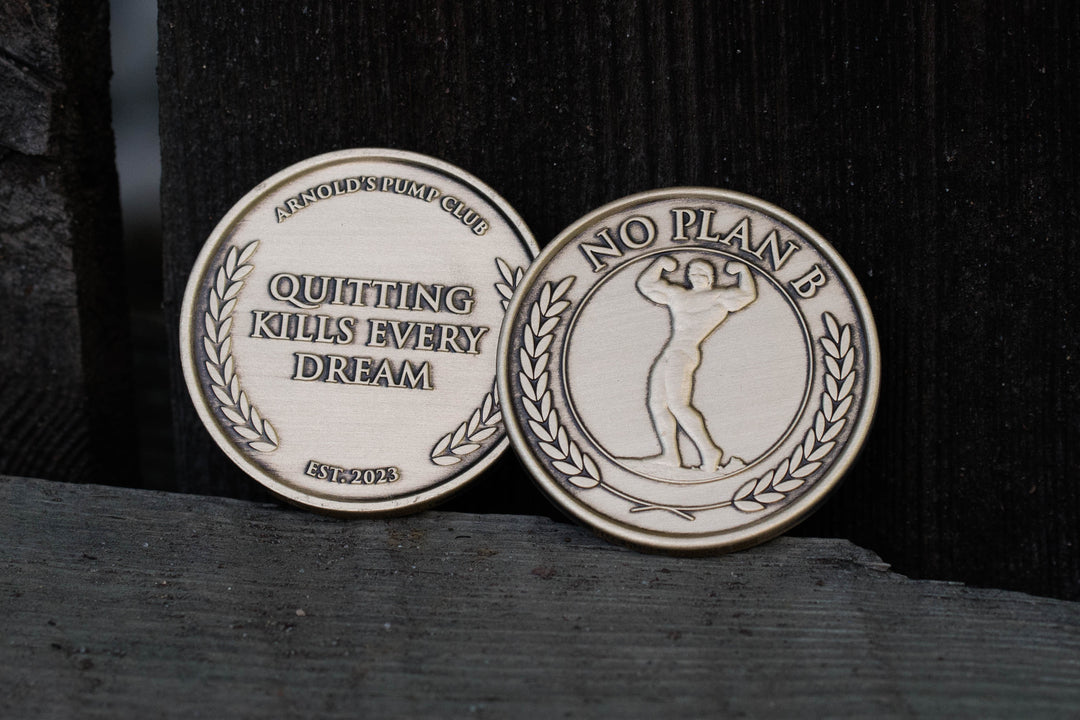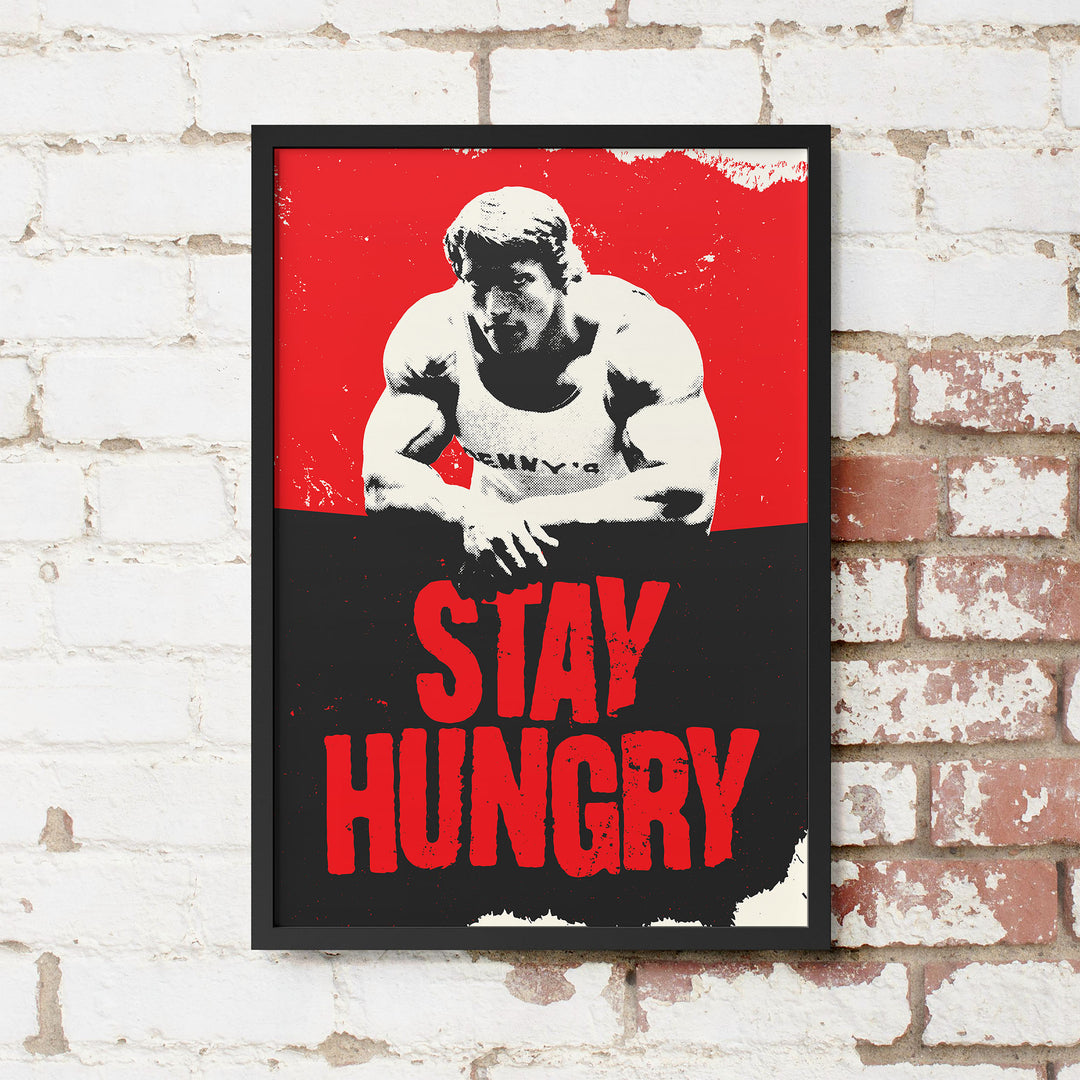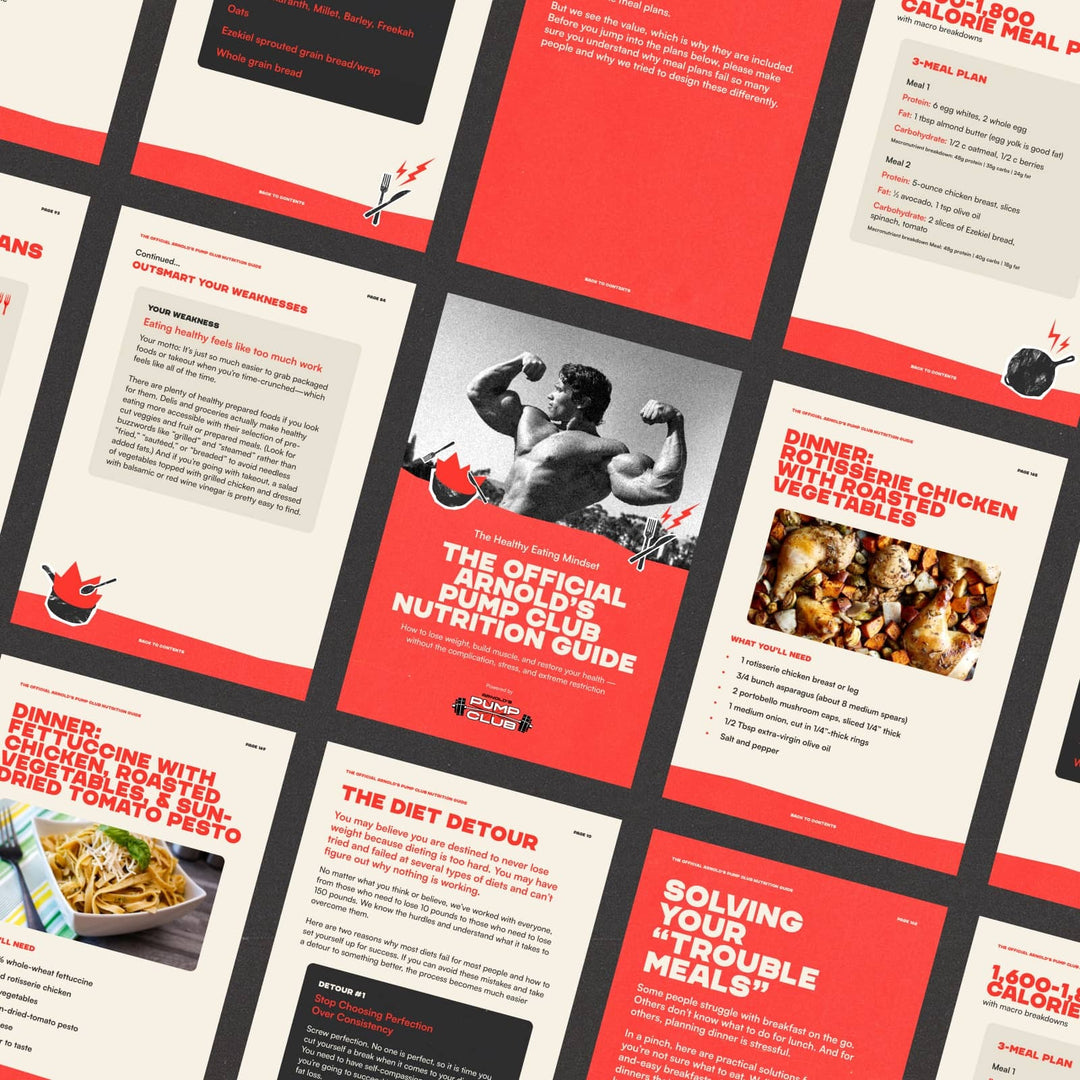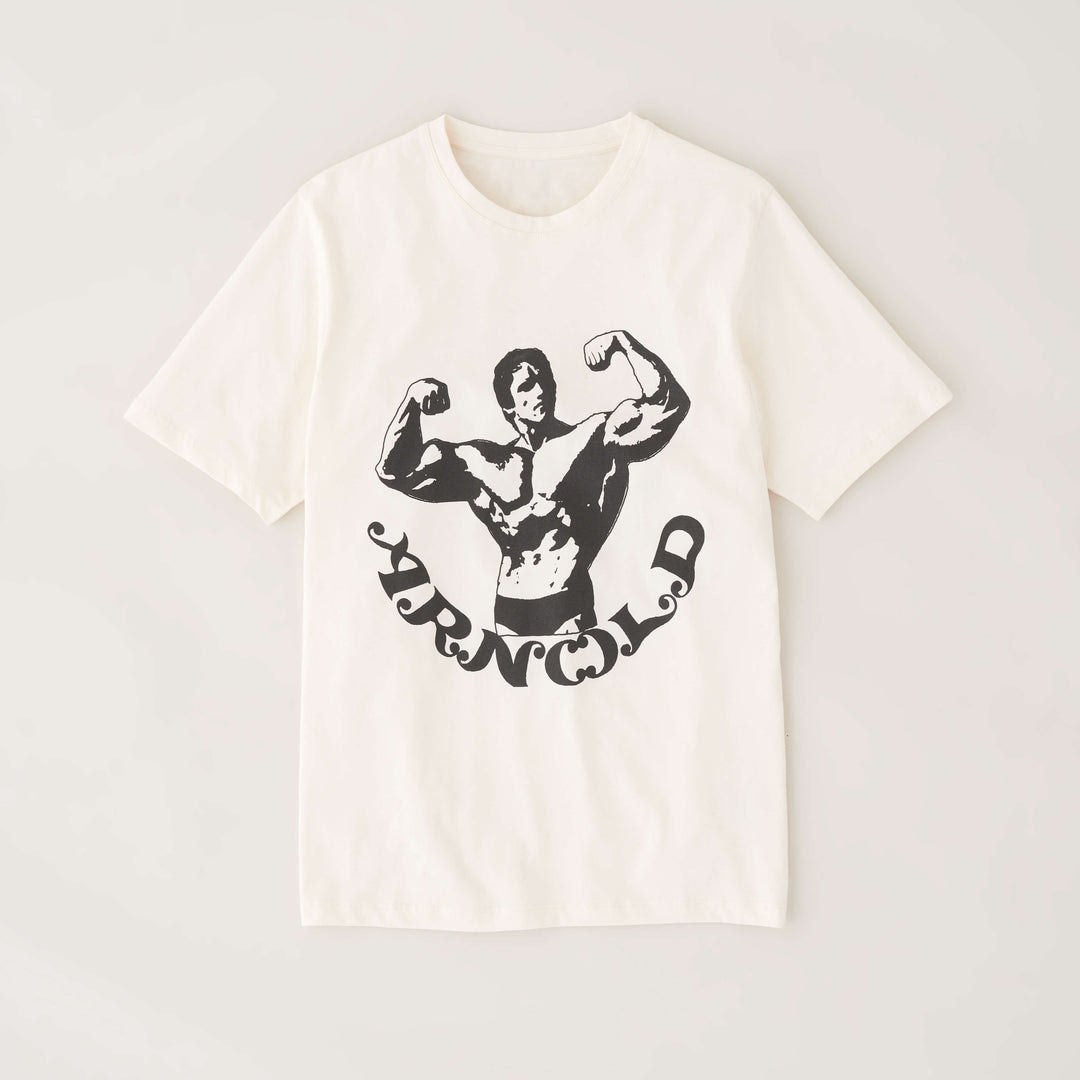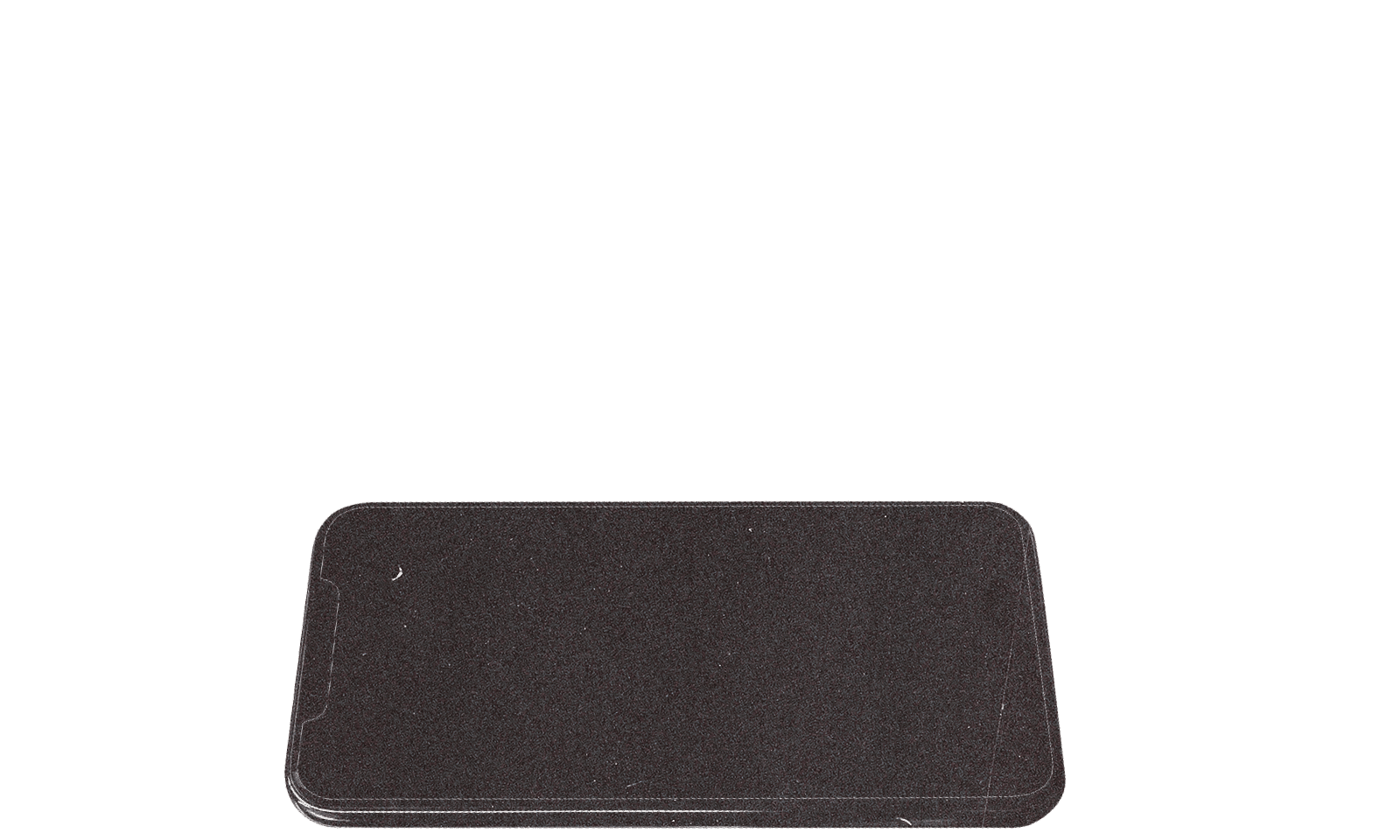Welcome to the positive corner of the internet. Here’s a daily digest designed to make you healthier in less than 5 minutes. If you were forwarded this message, you can get the free daily email here.
Today’s Health Upgrade
It’s a stretch
How to turn bad into good
Recipe of the week
Arnold’s Podcast
Motivation every day. Want Arnold to help you start your day? Each morning, we post a new podcast with tips you’ll find in the daily email and bonus stories, wisdom, and motivation from Arnold. Listen to Arnold's Pump Club podcast. It's like the daily newsletter but with additional narration and thoughts from Arnold. You can subscribe on Apple, Spotify, Google, or wherever you listen to podcasts.
It’s A Stretch
Few people enjoy stretching, but what if the benefits differed from what you’ve been told? A new study suggests that stretching can help you build muscle.
We’ve been critical of stretching in the past, not because it can’t help but because many of the claims are overstated. For example, lifting weights with a full range of motion can improve your flexibility as much as traditional stretching, according to past research.
But that doesn’t mean stretching doesn’t have value. It’s all about how you use it. This new study compared an intense stretching routine to traditional strength training and found that both groups increased strength and muscle growth.
What’s the catch? First of all, most people find stretching boring (including us). And the amount of stretching you need to do to build muscle is significantly more than the amount of time you need to lift weights.
In the study, the stretching group had to perform intense stretching for 1 hour per day compared to just 15 minutes of lifting weights a few times per week. In other words, 7 hours of stretching produces the same results as 45 minutes of lifting weights. We’re unsure about you, but we don’t have 7 hours per week to stretch.
That said, the findings could be helpful in times when you don’t have access to a gym or are battling an injury or setback. Instead of thinking you can’t do anything, you can do a stretching routine to help maintain muscle and strength if you can’t lift weights. Or, you can combine stretching with a bodyweight routine and continue to make progress.
How to Turn Bad Into Good
With the right mindset, your worst moments can become part of the path to better times.
Research suggests that viewing change as a part of life — rather than a hardship — can turn difficult moments into opportunities that make you better.
How change is used for good or bad is known as “allostatic load,” and it all depends on how you process challenging moments. In other words, it’s not the number of stressful situations you encounter — it’s how you perceive difficult moments — that determines whether you grow stronger or suffer disease or demise.
According to the researchers, "Behavioral responses to challenge also lead to protective and damaging effects and produce a form of allostatic load. An individual's behavior can increase or decrease further risk for harm or disease—for example, antisocial responses such as hostility and aggression vs. cooperation and conciliation; risk-taking behaviors such as smoking, drinking, and physical risk-taking vs. self-protection; poor diet and health practices vs. good diet and exercise.”
How to grow from change is a concept explored in great detail in the fantastic new book Master of Change by Brad Stulberg.
As Stulberg writes: "Unlike old ways of approaching change, we'd benefit from conceiving of change not as an acute event that happens to you, but rather as a constant of life, a cycle in which you are an ongoing participant.”
The next time you face change, be it the smaller day-to-day stuff or, the more significant disruptions we all face, ask yourself what behaviors would support you in adapting to change and do what you can to stick with them.
As Arnold says, you can either sit and sulk about your misfortune, or you can put in the reps, stop feeling sorry for yourself, and improve the situation. We all will face moments of change, disappointment, and failure. But they can be a springboard to something better if you have the right mindset.
Recipe of the Week: Homemade Protein Bites
We’ll be honest: most protein bars aren’t that great. They don’t taste good. Or, if they do taste good, they are glorified candy bars that slap protein on a label, but the nutrition isn’t that impressive. If we want a candy bar, we’ll eat the real thing and then make sure we get enough protein in our meals.
If you want a quick snack that’s delicious and higher in protein — and affordable — you can take things into your own hands. Here’s a recipe from You Can’t Screw This Up that allows you to make protein energy bites in less than 20 minutes.
Servings: 25 balls
Prep time: 15 minutes
Ingredients
8 Medjool dates, pitted
1/3 cup all-natural creamy peanut butter
2 tablespoons jelly or preserves, flavor of your choice
1 teaspoon pure vanilla extract
1 teaspoon unfiltered raw honey
2 scoops whey or plant protein powder (chocolate, vanilla, or unflavored will work)
Dash ground cinnamon
Pinch Himalayan salt
1 tablespoon chia seeds
1/4 cup unsalted roasted peanuts
2 tablespoons unsweetened dried cranberries or tart cherries
1/2 cup rolled oats
Instructions
1. In a small bowl, combine the dates and just enough warm water to cover the tops. Let soak for 10 to 15 minutes until softened.
2. In a food processor, combine the dates, peanut butter, jelly, vanilla, honey, protein powder, cinnamon, and salt. Process until smooth. You may have to stop and use a spatula to scrape down the sides. Add the chia seeds, peanuts, dried fruit, and oats. Pulse in quick increments to combine while still maintaining some of the texture.
3. Spoon about a tablespoon of the mixture and roll into a ball about 1 inch thick. Repeat for each ball. Place on parchment paper, seal in a container, and refrigerate. You can eat them once ready, but refrigeration will help them hold together.
Give it a try and enjoy!
—
Publisher: Arnold Schwarzenegger
Editors-in-chief: Adam Bornstein and Daniel Ketchell







